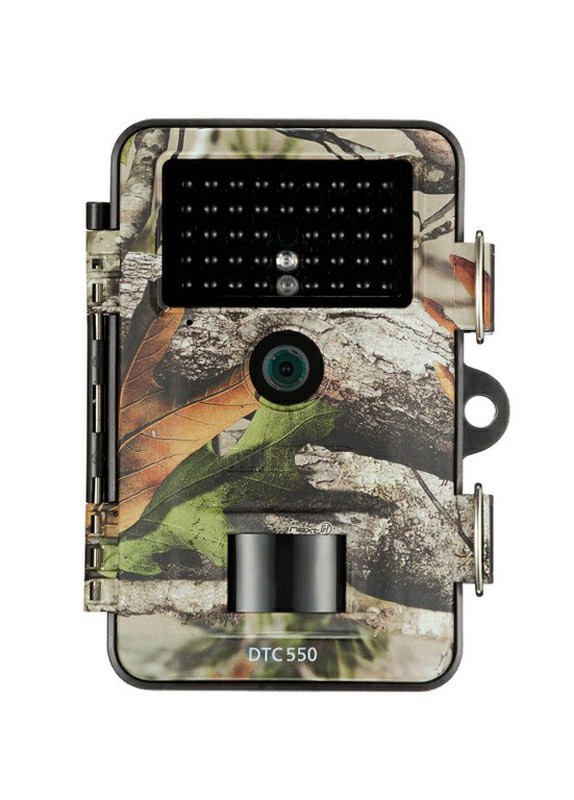Photo-trapping cameras
What is a phototrapping camera and what is it used for? What types do we have on the market? Which to choose?
The photo-trapping camera is an optical tool that allows monitoring of the environment from a fixed installation point. These cameras allow daytime and especially nighttime recordings of the wild environment, and here the revolution in wildlife observation and study.
The camera traps allow a completely discreet observation, they are perfectly camouflaged in the environment due to the similarity of color with the trees, where they are normally fixed. This allows them to go unnoticed, and therefore the animals approach with confidence.
There are three different types of phototrapping cameras, depending on the type of light they use:
1- Infrared light : They emit infrared light at a wavelength of 850nm, therefore the LED panels light up red. This light is visible to the naked eye. These cameras give very good quality of night vision, this is a great help for the differentiation and identification of species.
2- Black Light: They emit infrared light but in a wavelength greater than 940nm, a frequency not visible to the human eye. It is not seen by humans or people, therefore it facilitates observation. As it is not such a powerful light beam, it will not go as far and moving animals can come out of focus a bit
3- White or incandescent light: White light cameras have an incandescent flash or visible light LEDs. Light is perfectly visible by animals and people and is only recommended in cases where it is important to obtain night color images. This type of cameras can be bothersome for wildlife, and are easily detectable at night, so we do not recommend them, except in exceptional cases.
The choice of the camera will depend largely on the species of animal to be observed and its type of movement. From here there are three key factors in the choice: the shooting speed from when the sensor detects movement, type of lighting and recovery time of the camera.
The shooting speed is most important, since if it is too slow it will not give you time to photograph or film the entire animal. The shooting time is higher in video mode than in photo mode.
Recovery time is the time between when the camera can take two images. Low recovery times are recommended, especially if we shoot in bursts.
Finally, size is also important, a smaller camera, easier to camouflage in nature.
One of the most important things to keep in mind is to avoid having your camera stolen. For this reason we have protection boxes and very secure anchorage systems.
The other important issue is camouflage the camera to go unnoticed. Here we have the camera color itself and then the decoration or camouflage with natural elements of the environment, such as leaves and lichens.

Opinions of our clients
Receive our news
We're almost done!
We have sent you an email to confirm your email